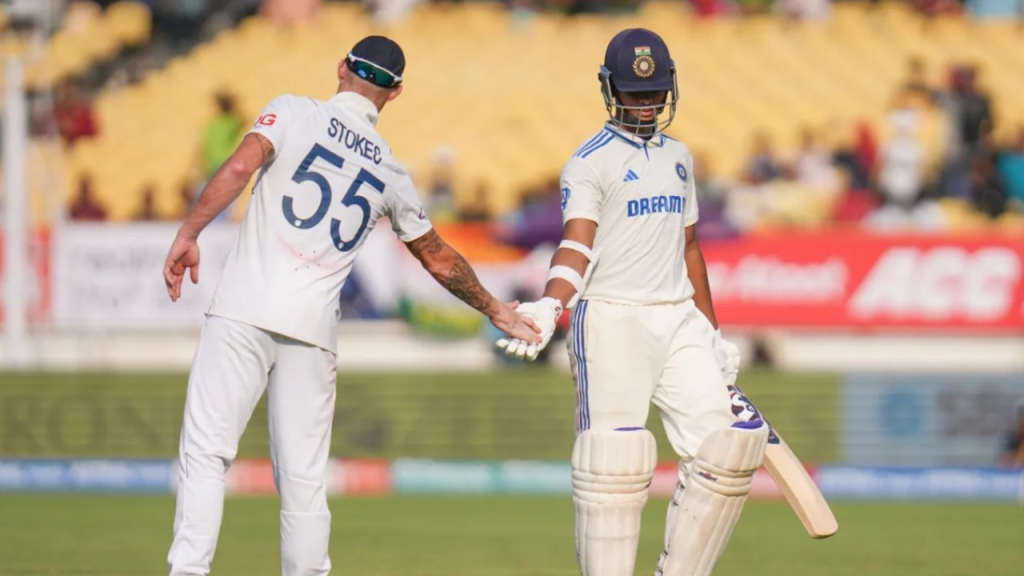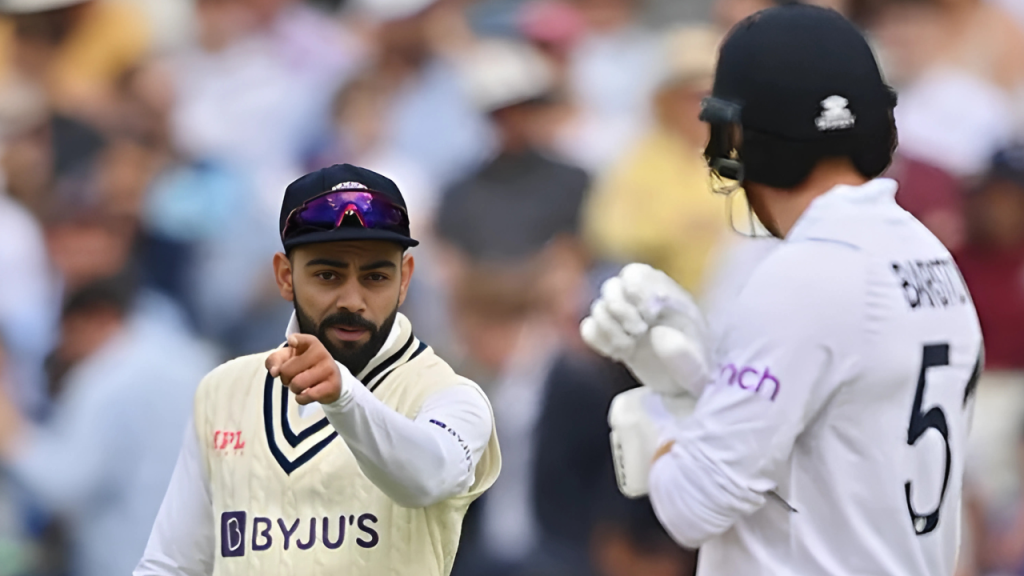On a crisp day in Adelaide, where the cricketing battleground was set for a fierce contest, the second Test between India and Australia unfolded with drama and skill. The Indian innings concluded at a modest 180, with Virat Kohli falling to Mitchell Starc for a mere 7 runs, while Starc’s exceptional bowling saw him clinch 6 wickets. The air was thick with anticipation as Australia took to the crease, eager to capitalize on their bowling prowess. However, the day was not just about the cricket played but also about the decisions made off the field, particularly one that reignited the debate over the accuracy of the Decision Review System (DRS).
The controversy sparked when Mitchell Marsh faced a delivery from Ravichandran Ashwin. The on-field umpire’s call was ‘not out,’ but India, convinced of an LBW, opted for a DRS review. The third umpire, after reviewing, found the evidence inconclusive, much to the frustration of the Indian team. It was at this moment that Virat Kohli, standing at the non-striker’s end, made his feelings known to the umpire, drawing a comparison to a similar incident involving KL Rahul in the first Test in Perth. “KL’s was the same in Perth, two spikes. One was bat & one was pad,” Virat Kohli stated, highlighting the perceived inconsistency in umpiring decisions.
This statement from Virat Kohli not only reflected his dissatisfaction but also brought back into focus the contentious dismissal of KL Rahul in Perth, where India secured a convincing victory by 295 runs. Rahul’s dismissal had been under scrutiny for the very reason Virat Kohli now cited—the presence of two spikes on the UltraEdge, suggesting contact with both bat and pad, which could have led to an incorrect decision.
As the match progressed, Australia’s batting lineup struggled, losing 5 wickets in the day’s play. Despite this, Travis Head showed defiance, smashing Indian bowlers with a display of aggressive batting, attempting to steer his team towards a competitive total. His innings was a testament to the resilience and skill that often define Test cricket, contrasting sharply with the day’s earlier controversies.
The incident with Kohli and the umpire not only questioned the reliability of technology in cricket but also underscored the emotional investment players have in each decision. Cricket, at its heart, is as much about these passionate exchanges as it is about the play on the field. The debate over DRS and umpiring decisions continues to linger, a reminder of how thin the line can be between right and wrong in this sport. As Day 2 concluded, the narrative was not just one of runs and wickets but also of human judgment, technology, and the quest for cricketing justice. With Australia’s innings still in play, the series promises more cricketing drama, both on and off the pitch, in the days to come.





